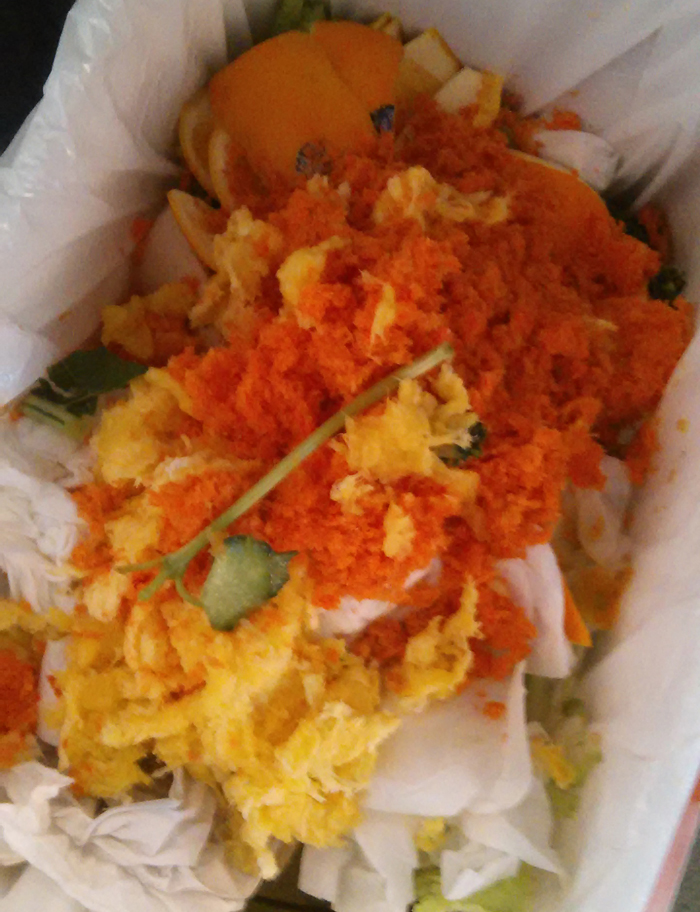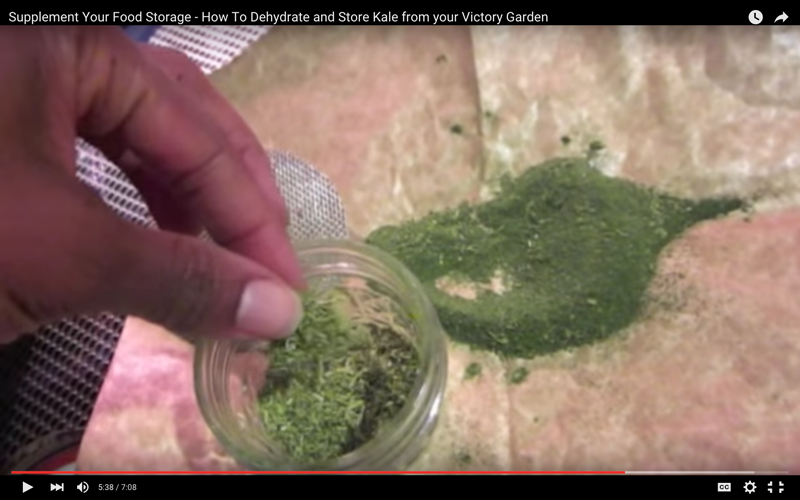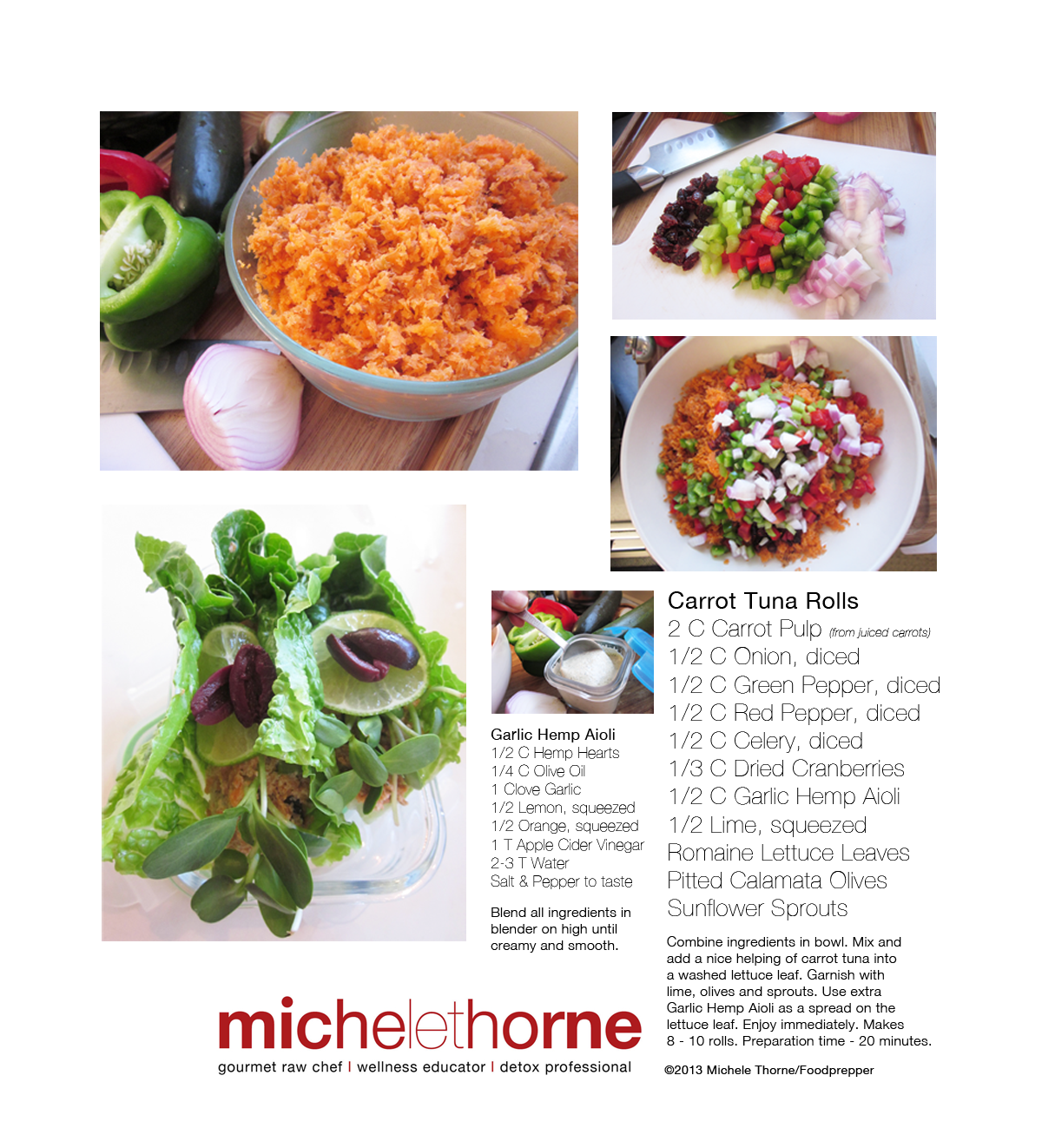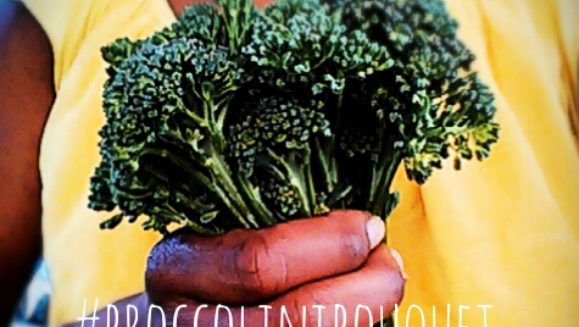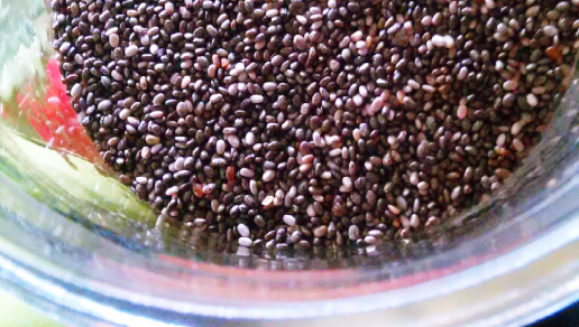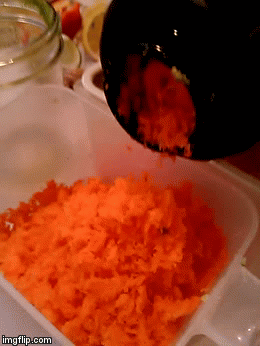
It’s bad enough you have to wash, prep and juice all the ingredients in the first place. Then, after it’s all said and done, you have to deal with the staggering amount of messy waste.
That may not seem like much, but if you extrapolate those numbers across all the vegetables and fruits used to make your juice once or twice a week, that can be a pretty substantial amount of money you’re just throwing into the trash.
By my calculations, that can be almost $70 per year…up to you.
I’m not suggesting that there are any “Juicing Pulp Galleries” you can go and visit to see the latest juice pulp art. Though, that is an interesting proposition…we could call it the “Pulp Art Movement” or add a little spoken word and call it “Pulp Diction”. I hope you chuckled a bit at that one.
Anyway, it’s been my experience that juicing is like making an abstract art piece…like this one I made in my kitchen.
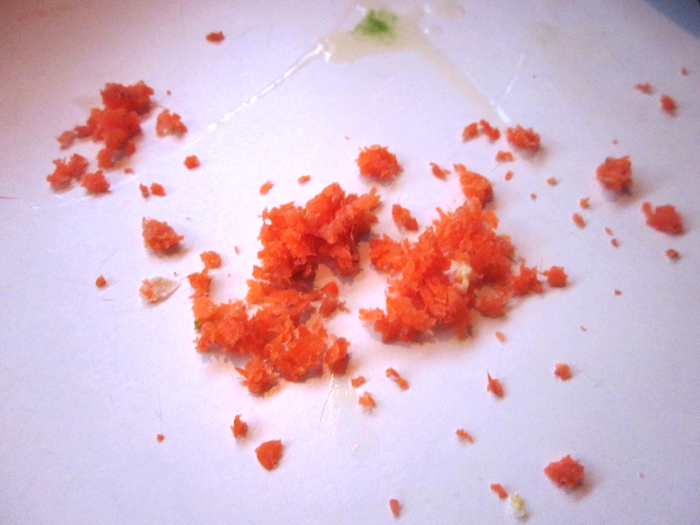
I challenge you to make some art and post it somewhere on social media with the hashtag #pulpart and show the world your inner Pollock. But, if you’re not into making art with your leftover pulp luckily, you can just compost it.
“Dead pets collected from shelters are frequently thrown into the grinder with their flea collars still attached. Insecticide-laced patches found on the skin of slaughtered cattle are also carelessly added to the mix.” – from Dogfoodadvisor.com.
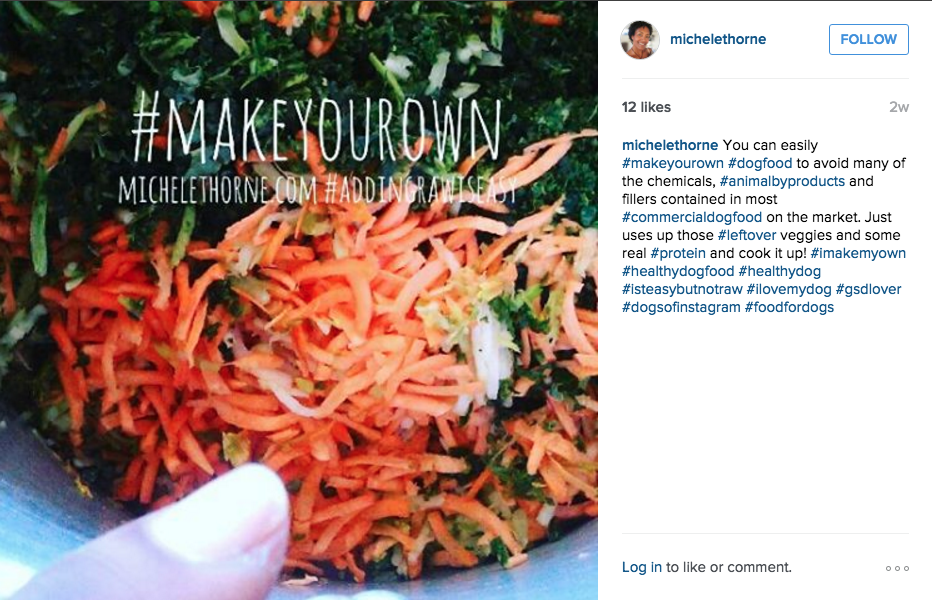
While making some savory smoothies, I got creative and decided to reuse the turmeric pulp. I tossed it in with chopped cabbage, fresh herbs, salt and pepper, olive oil and some lemon juice, and voilá! Turmeric pulp is strong (like ginger) so a little goes a long way…and it WILL stain your counter so be careful.
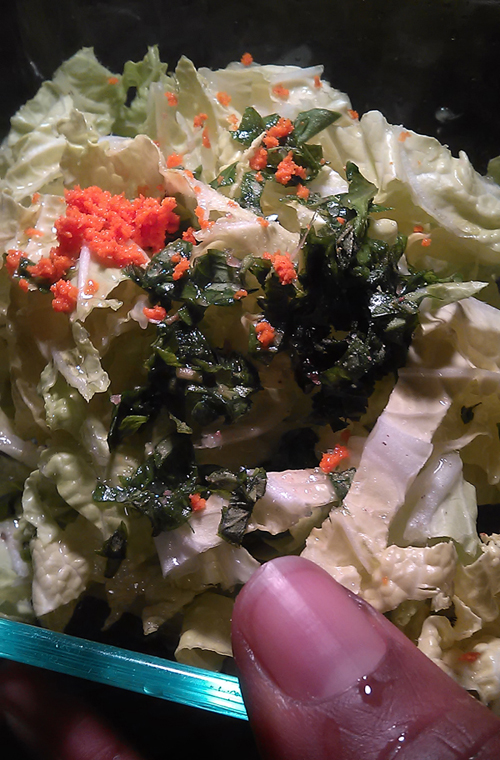
A few years ago I made a video showing the process – not with juicing pulp but with fresh kale from my “victory garden”. Same technique. Check it out.
Throw a handful of your juicing pulp into the blender with your favorite frozen fruit and blend. You may actually want to have a little liquid or juice in there too, and blend on high until smooth. I’ll spare you the visuals here. I think you know what to do.
Alternatively, you can make a really delicious vegetable broth from your juicing pulp. Throw all your juicing waste into a pot, cover with water and bring to a boil. Allow the pulp to cook uncovered on high for about 10 minutes and strain into storage containers. Use immediately or freeze into ice cubes to use later.
Veggie burgers in general aren’t rocket science. You can make cooked or raw veggie burgers and I’m sure you can find a recipe online somewhere for making them from juicing pulp. I haven’t done this because I’m not a big fan of veggie burgers to begin with, but if you like them try it and let me know how it works out.
After several months they would transform it into some amazing, nutrient rich soil that I used in my victory garden. Sadly my unnecessarily agitated neighbor didn’t care too much for them and I suspect, tried poisoning them several times. Poor things. I don’t know what’s wrong with some people.
Bottom line, if you won’t eat it something will. Worms, and I suspect also rabbits, guinea pigs and other herbivores, will love it.
Depending on the kind of pulp you have you can create something sweet or savory. For example, if you’re juicing apples or citrus your pulp would be great in muffins or scones. For something savory and unique, try adding some pulp to a savory pie crust, pizza crust or scone. You not only know this will be delicious and healthy, but it will be beautiful too.
